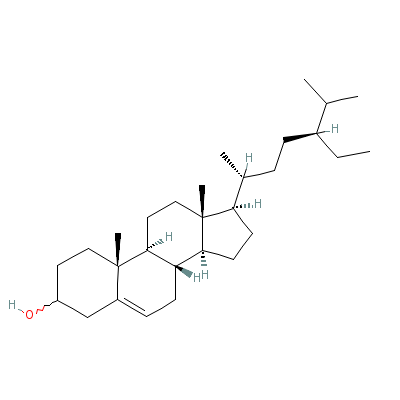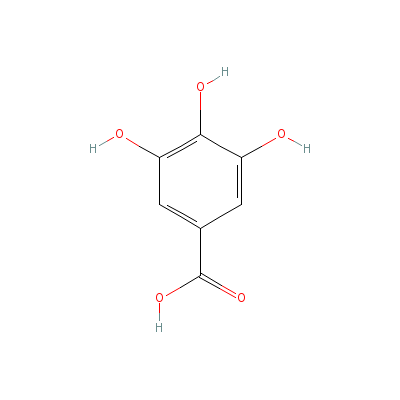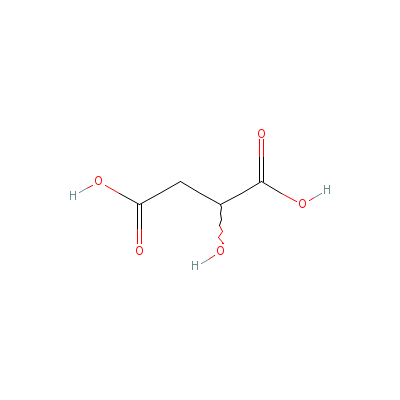| |
|
|
Botanical Name |
: |
Quassia amara L. |
English
Name |
: |
Amargo, Quassia-wood, Surinam quassia |
Synonym(s) |
: |
Simaruba excelsa |
Family |
: |
Simaroubaceae |
| |
General Info
| Description |
 |
|
A shrub or rarely a small tree, growing to 3 m tall (rarely 8 m). The leaves are alternate, 15-25 cm long, and pinnate with 3-5 leaflets, the leaf rachis being winged. The flowers are produced in a panicle 15-25 cm long, each flower 2.5-3.5 cm long, bright red on the outside, and white inside. The fruit is a small drupe 1-1.5 cm long. |
| Herb Effects |
 |
|
Tonic, digestion stimulant, blood cleanser, insecticide and mild laxative. |
Chemistry
| Active Ingredients |
 |
|
Beta-sitosterol, quassin (wood); gallic acid, malic acid (root) |
| Chemistry
of Active Ingredients |
 |
|
|
 |
Name |
CAS# |
IUPAC Name |
Formula |
Structure |
 |
|
| beta-Sitosterol |
5779-62-4 |
17-(5-ethyl-6-methyl
-heptan-2-yl)-10,13-
dimethyl-2,3,4,7,8,9
,11,12,14,
15,16,17
-dodecahydro-1H-cycl
openta[a]phenanthren
-3-ol |
C29H50O |

|
| Quassin |
76-78-8 |
Not Available |
C22H28O6 |

|
| Gallic acid |
149-91-7 |
3,4,5-trihydroxybenz
oic acid |
C7H6O5 |

|
| Malic acid |
Not Available |
2-hydroxybutanedioic
acid |
C4H6O5 |

|
|
Pharmacology
| Medicinal Use |
 |
|
For diarrhea, intestinal worms, dysentery, dyspepsia, excessive mucus, expelling worms, intestinal gas, stomachache, anemia, and liver and gastrointestinal disorders (plant); for liver and gallbladder diseases and for intestinal parasites (wood). |
| Contraindication |
 |
|
Not to be used during pregnancy. Men undergoing fertility treatment or those wishing to have children probably should avoid using amargo. Large amounts of amargo can irritate the mucous membrane of the stomach and can lead to nausea and vomiting. |
Dealers
Products
|
|
|
|
|